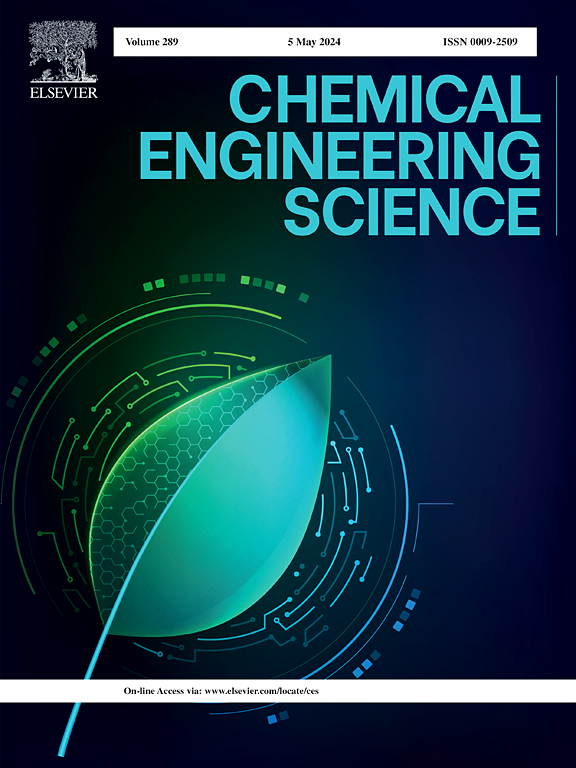了解添加型聚酰胺吸附剂 AM-N1 吸附金(III)的机理
IF 4.3
2区 工程技术
Q2 ENGINEERING, CHEMICAL
引用次数: 0
摘要
本文主要研究了金(III)在合成多金属浸出液中加料制备的聚酰胺吸附剂AM-N12上的吸附行为和机理。pH值的影响研究表明,pH值为0是达到最大金(III)吸附的最佳条件。在含有Au和其他金属(Pt、Pd、Cu、Al、Fe、Pb、Sn、Ni和Zn)的竞争性混合物中,观察到对Au具有极高的选择性。对吸附等温线数据的拟合显示Freundlich <; Langmuir <; Sips模型的顺序,描述了可能的单层吸附过程。动力学数据符合拟一阶和拟二阶模型。密度泛函理论(DFT)分子模型表明阴离子-阴离子相互作用、静电吸引和氢键可能是金的吸附机制(III)。表征和x射线光电子能谱(XPS)分析表明,吸附后部分Au(III)被还原为Au(I),部分进一步还原为Au(0),表明存在还原反应。最后,大约50% %的吸附金(III)被解吸,并用0.5 M硫脲和1 M HCl的混合物再生吸附剂。本文章由计算机程序翻译,如有差异,请以英文原文为准。
Understanding the mechanisms of gold(III) adsorption onto additively manufactured polyamide adsorbent, AM-N12
The focus of this paper is to study the adsorption behavior and mechanisms of gold(III) onto additively manufactured polyamide adsorbent, AM-N12 from synthetic multimetal leached solutions. Study of the effect of pH revealed that pH 0 was the optimum condition for reaching maximum gold(III) adsorption. In competitive mixtures containing Au(III) and other metal ions, i.e., Pt, Pd, Cu, Al, Fe, Pb, Sn, Ni, and Zn, extremely high selectivity towards Au ions was observed. Fitting of the adsorption isotherm data showed the order of Freundlich < Langmuir < Sips model, depicting likely monolayer adsorption process. Moreover, the kinetics data fitted well to the pseudo-first-order and pseudo-second-order models. Density Functional Theory (DFT) molecular modelling suggested anion–anion interaction, electrostatic attraction, and hydrogen bonding as possible adsorption mechanisms of gold(III). Furthermore, characterization and X-ray photoelectron spectroscopy (XPS) analysis indicated that after adsorption, portions of Au(III) were reduced to Au(I) and some portions were further reduced to Au(0), thus signifying reduction reaction. Finally, approximately 50 % of the adsorbed gold(III) was desorbed in 24h which was appro and the adsorbent regenerated using a mixture of 0.5 M thiourea and 1 M HCl.
求助全文
通过发布文献求助,成功后即可免费获取论文全文。
去求助
来源期刊

Chemical Engineering Science
工程技术-工程:化工
CiteScore
7.50
自引率
8.50%
发文量
1025
审稿时长
50 days
期刊介绍:
Chemical engineering enables the transformation of natural resources and energy into useful products for society. It draws on and applies natural sciences, mathematics and economics, and has developed fundamental engineering science that underpins the discipline.
Chemical Engineering Science (CES) has been publishing papers on the fundamentals of chemical engineering since 1951. CES is the platform where the most significant advances in the discipline have ever since been published. Chemical Engineering Science has accompanied and sustained chemical engineering through its development into the vibrant and broad scientific discipline it is today.
 求助内容:
求助内容: 应助结果提醒方式:
应助结果提醒方式:


